Jerry Belfiore on What’s Changing Interior Construction
“A great building must begin with the unmeasurable,” the great architect Louis Kahn said. It’s a sentiment that certainly impacts the way we design and create functional spaces today. The workplace environment today bears very little resemblance to corporate headquarters and offices that were built a decade or two ago. What’s driving this change? Important yet unmeasurable factors, including generational changes in the workforce and technology.
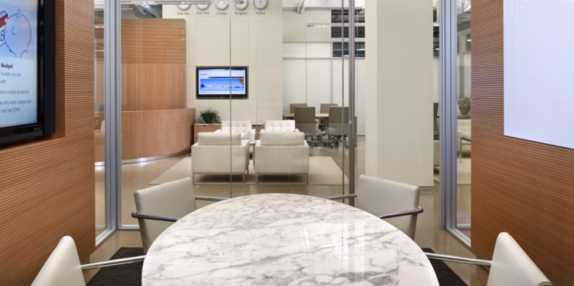
Who’s Using the Spaces We Build?
There are five generations currently active in the workforce. The very oldest – members of the Silent Generation, born between 1900-1945 – and the very youngest – members of Gen Z, born after 2000 – compose just 6% of the workforce Millennials are now the largest cohort, followed by Baby Boomers and Gen Xers.
Generational identity is a critical component in workplace design. When we talk about a generation, we’re talking about a group of people who have more than their birthdates in common. A generation is defined by shared experiences, cultural understandings, and a worldview that is markedly different than generations that came before or after them.
For a long time, workplace design centered around the way Baby Boomers thought and worked. As Millennials entered the workforce in greater numbers, this started to change. Now, with Millennials poised to be half of the workforce within the next two years, and Gen Z poised to start their careers in staggering numbers, the norms of interior construction in New York City are altering rapidly and dramatically.
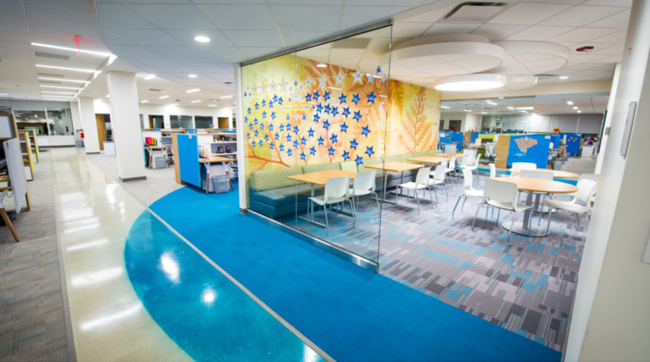
The Relationship Between Office Design & Productivity
When we’re building a functional space, it needs to serve the needs of the people who are working there now as well as those people who are likely to work there in the near future. Millennials and Gen Z have a strong preference for working collaboratively, alternating periods of interactivity with more focused, solitary periods when they need to concentrate.
The design-based approach to meeting these needs means incorporating a variety of private, semi-private, and open-plan options into the workspace. Technology has also impacted the type and size of features we need to incorporate. Whereas Baby Boomers prioritized meetings and highly structured teams, Millennials prefer short, informal exchanges and will often communicate via tech channels instead. This reduces the need for formal meeting spaces and creates opportunities for other features that are seen as more conducive to creating a productive, healthy workplace. Such examples may include huddle rooms, collaborative common spaces, and private phone rooms for calls/video conferencing.
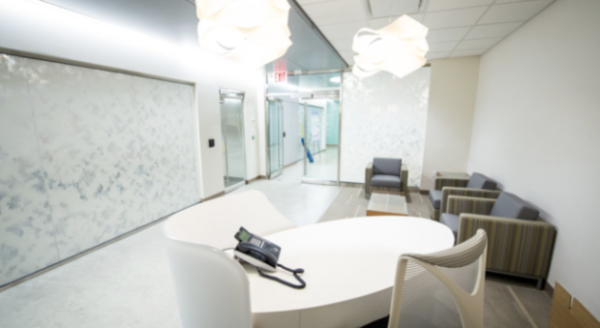
Millennials are the majority in the workforce, and, according to the Harvard Business Review, they spend more time at work than any other generation. For that reason, there’s been a real emphasis on design features that improve employee health and happiness. This goes beyond the famous – and fun to build – slides and game rooms of the tech world. Eliminating perimeter offices to allow natural sunlight to be enjoyed by all employees, incorporating functional windows, and biophilic design that incorporates greenery into the workplace, all have a role to play in contemporary interior construction and design.
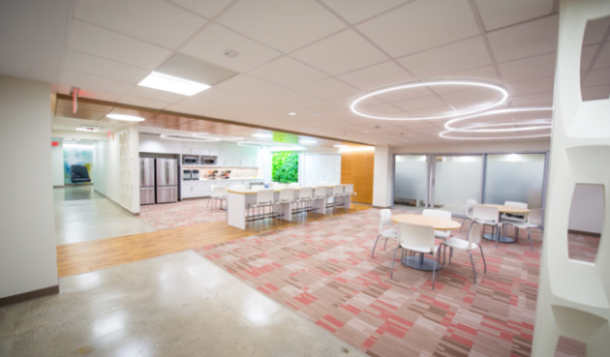
For generations of workers who have been wireless from the beginning, these features provide an environment that honors many different work styles while promoting a seamless flow of productivity. Furthermore, this approach to workplace design accommodates the Millennial generation’s expectations that the environment can be perpetually altered to best suit their needs.
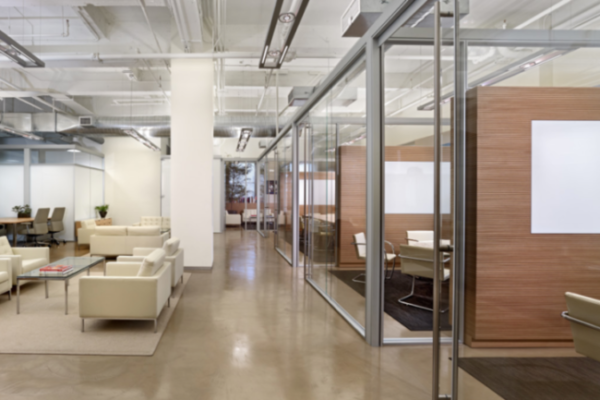
The Relationship Between New Technology and Construction Costs
Today’s workforce is heavily influenced by the five generations mentioned earlier. As these generations age and begin to shift, modern construction is impacted greatly. According to the New York Building Congress, the construction industry saw a 3% increase in workers aged 20-39 and a 4% decrease in workers aged 40-59 in the short time period between 2014 and 2015. With the rise of younger workers, technology is beginning to revolutionize the construction industry, which typically comes in second to last place in terms of technological integration. This is a serious issue, and technology has a lot to offer the construction industry in the near and long-term future. When considering that the latest report from the U.S. Department of Labor indicates 65% of today’s grade-school children will one day have a job that hasn’t even been invented yet, the reality begins to sink in.
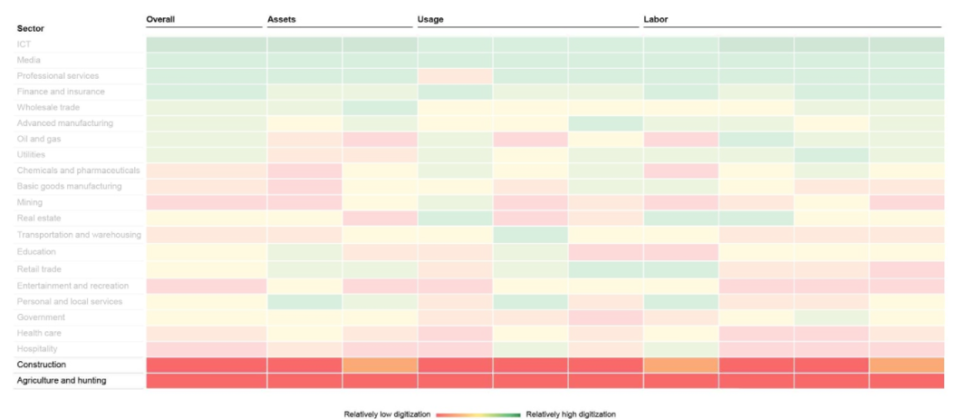
The continued adoption of technology in the construction industry has led to faster, bigger, and more innovative projects; especially in New York City. However, construction costs per square feet in New York City have been on the rise the past few years (NYC surpassed Zurich as the most expensive city to build in 2017 at $354 per square foot). New building and pre-construction techniques, like 3D printing, augmented reality, and BIM are going to help us build more efficiently, but it is going to take time. Construction sites are constantly in a state of flux, but these technologies can help us identify potential issues earlier, plan for them, and communicate in a much more productive manner.
An Invitation to Learn More
On Thursday, April 12, Talisen’s own Jerry Belfiore will be speaking on Workplace Innovation at Bisnow’s “NYC Workplace of the Future” conference. A limited number of tickets are still available for this event for property owners, developers, investors, and building professionals. To find out more information and to register, visit: https://www.bisnow.com/events/new-york/NYC-Workplace-of-the-Future-1186
Use the Discount Code TC20BVVDEV for 20% Off the Price of Admission and come say hi!
